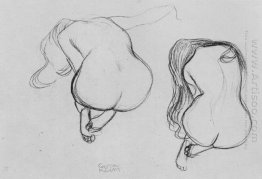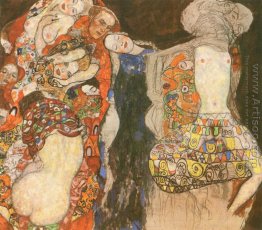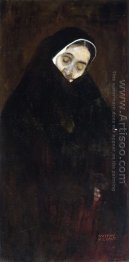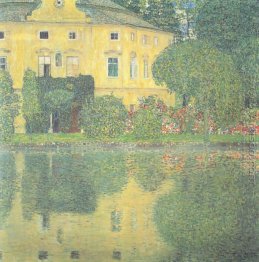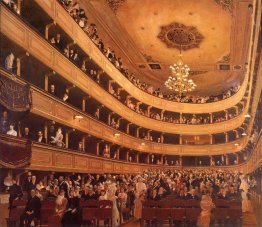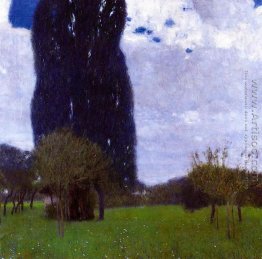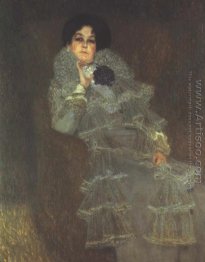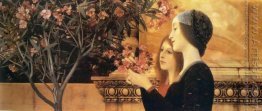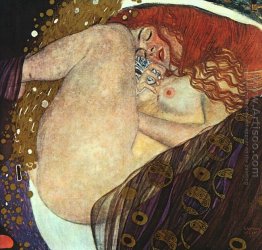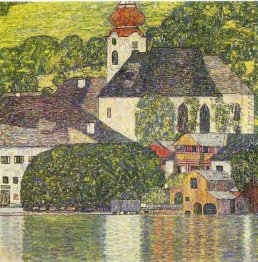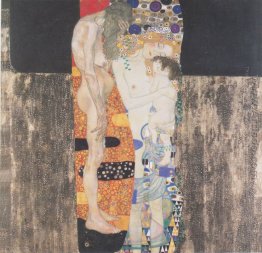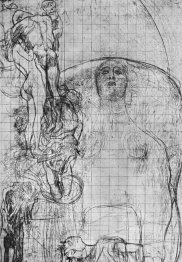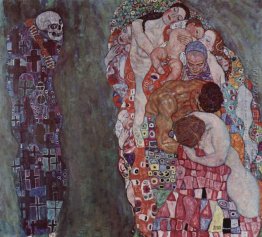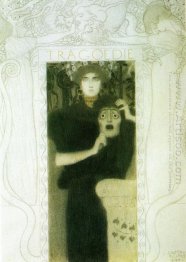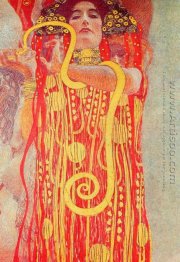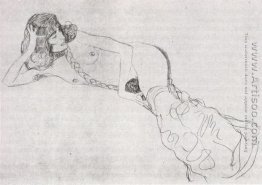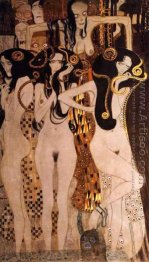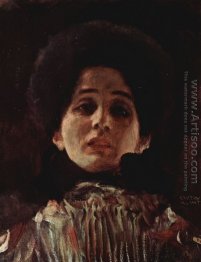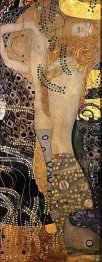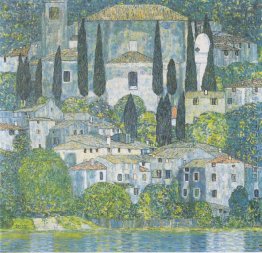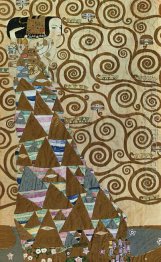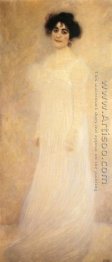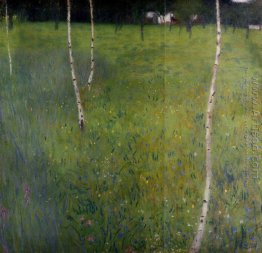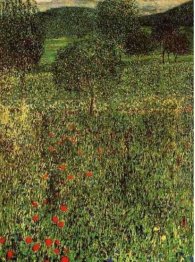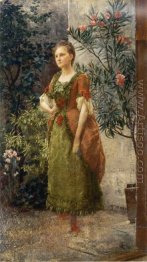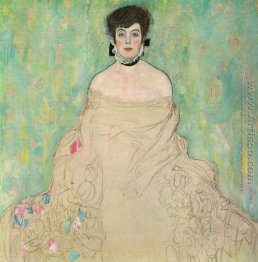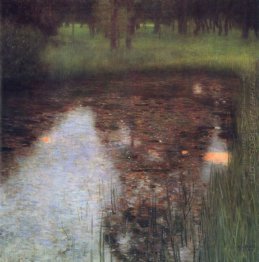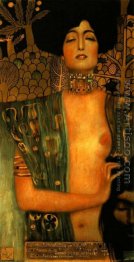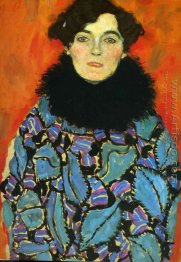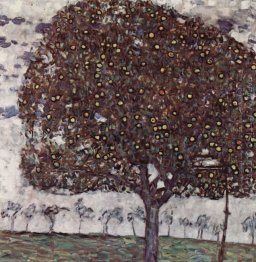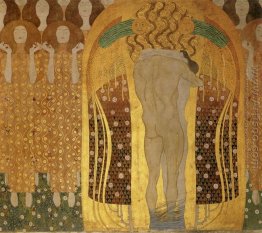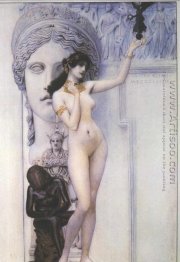Gustav Klimt

Many artists created exquisite oil paintings at the turn of the 19th century. Few did so as brazen as Gustav Klimt. Born in Austria in 1862, he was a symbolist painter, drawer and muralist. Symbolism used in paintings at the time were inspired by the magical, life and death, love and disease. Gustav Klimt took his symbolism to an erotic level with paintings of women some criticized to be pornographic for the time.
Gustav Klimt attended the Vienna School of Arts and Crafts along with one of his brothers. This began the early part of his extensive painting career which included work, alongside his instructor, on murals in the Kunsthistorisches Museum, located in Vienna. He later became the president of the Vienna Secession, an organization comprised of young artists whose goal was to exhibit foreign artists’ work in Vienna. This group erected the Vienna Secession Building to display the artists’ works and it is where some of Klimt’s works still hang today.
At the turn of the century, Klimt completed three commissioned pieces, Philosophy, Jurisprudence and Medicine, for the University of Vienna. While the content of these paintings produced an uproar among society due to their interpreted sexual nature, they would not survive the ages. In 1945, the paintings were destroyed by SS forces, a military group under Adolf Hitler.
As his career continued, Klimt went through a phase where he included gold leaf in his paintings. Dubbed his Golden Period, The Kiss (1908) a geometrically infused piece featuring a man and women in an embrace is his more well-known painting of the era. His works do not only include the female form but during stays in Attersee, a large lake located in Austria, he was inspired to produce elegant landscape pieces. Ein Morgen am Teiche (1899) is one such piece featuring a reflection on the lake of the forest in the background. The emitting light places the scene in an overcast hue.
During his lifetime, Klimt was poor through his childhood and received some financial success during the Golden Period, but posthumously, Gustav Klimt's paintings fetched record millions sold to galleries in the United States. Some of his best known paintings are The Kiss (1908) mentioned above, Nuda Veritas (1889) a painting of a naked woman and Beethoven Frieze (1902) a painting of three naked people with the form of a beast in the background.
More About Gustav Klimt Paintings







